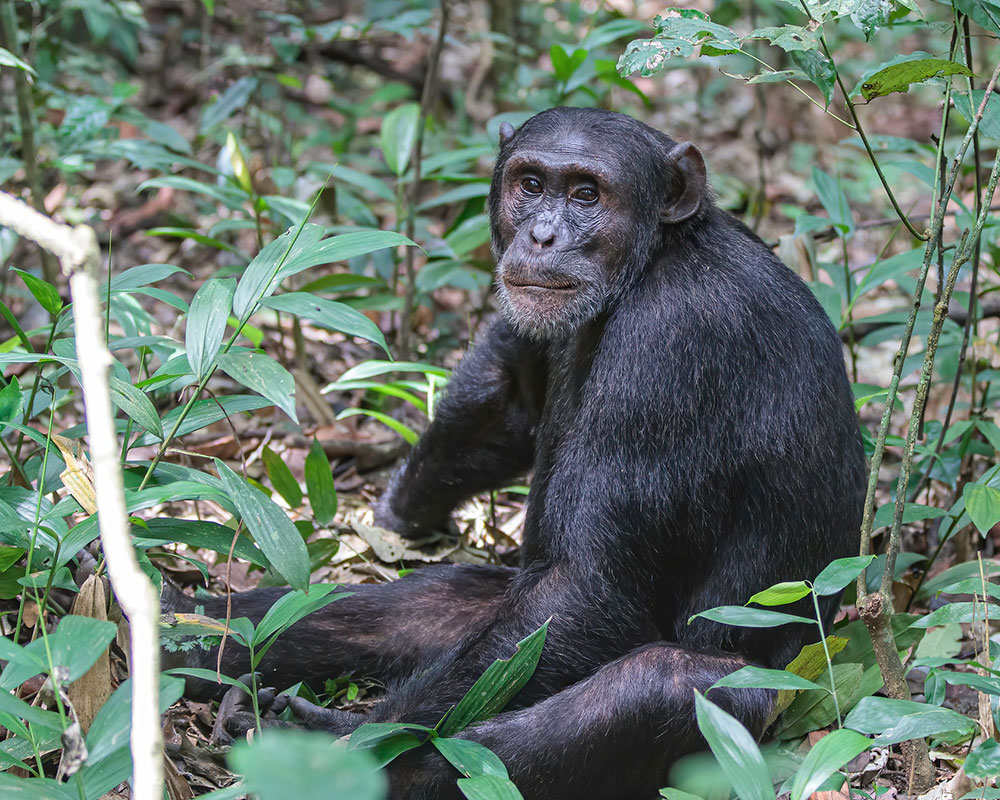
Queen Elizabeth National Park
Queen Elizabeth National Park (QENP) in Uganda is one of the country’s most popular parks, known for its stunning wide savannahs, dense forests, crater lakes, and lush wetlands. These different areas create perfect homes for a diverse range of wildlife. In fact, QENP is home to more mammal species—95 in total—than any other park in Uganda and boasts over 600 bird species. This makes it a fantastic place for wildlife enthusiasts. You spot elephants, buffaloes, and hippos, and if you’re lucky, you could even see lions in the Kasenyi and Ishasha regions. The park also offers spectacular views, including the rugged Rwenzori Mountains, rolling hills with volcanic craters, open grasslands in Kasenyi and Ishasha, the hippo-filled Kazinga Channel, and the distant Mitumbe Mountains in Congo.
Originally named Kazinga National Park when it was established in 1952, it was renamed Queen Elizabeth National Park in 1954 to honor a visit by Queen Elizabeth II.
Activities & Attractions in Queen Elizabeth National Park
Mweya Peninsula and the Kazinga Channel
Mweya Peninsula is the main center for tourism in the park, located 22 kilometers west of the Kasese-Mbarara Road. It sits on a high plateau overlooking the Kazinga Channel and Lake Edward. Here, you’ll find a high-end lodge, budget accommodations run by Uganda Wildlife Authority (UWA), a marina for boat trips on the channel, and a Visitor Information Centre.
Launch Cruises
A relaxing way to see wildlife in QENP is by taking a launch cruise on the Kazinga Channel. These two-hour round trips go from Mweya to the channel’s entrance into Lake Edward. As you cruise, you’ll pass by banks where hippos, crocodiles, and waterbirds are often seen. Elephants, buffaloes, and antelopes are also regular visitors to the channel.
Game Drives
Kasenyi Plains: The open grasslands of Kasenyi are the best spot for game viewing in the park. You’ll find large herds of Uganda kob and the lions that hunt them. Experienced ranger guides can usually find lions, but for guaranteed sightings, you can join a tour with the Uganda Predator Project, which tracks lions, leopards, and hyenas using radio collars.
Ishasha: The southern part of QENP offers classic game viewing with its expansive rift valley skies. You can see buffaloes, hippos, elephants, and topis. Ishasha is also known for its tree-climbing lions, which can often be seen lounging in the branches of fig trees.

Forest Walks
Kyambura Gorge: This forest-filled gorge stretches from the Kichwamba Escarpment to the Kazinga Channel. Enjoy a stunning view from the edge of the 100-meter-deep gorge before heading down to track chimpanzees with UWA guides.
Maramagambo Forest: Located at the base of the Kichwamba Escarpment, Maramagambo Forest offers a contrast to the park’s open grasslands. Guided walks here can lead to sightings of primates and rare birds, such as the forest flycatcher, white-naped pigeon, and the colorful Rwenzorituraco. You can also visit the Bat Cave, where you might see a python that preys on bats.
Birding
Bird watching is a popular activity in QENP. You can see many resident and migratory waterbirds on the Kazinga Channel. During certain times of the year, you can witness large flocks of flamingos at Kyambura and Katwe soda lakes. In Maramagambo Forest, you might find rare forest species, and there are opportunities for memorable shoebill sightings at Lake Edward Flats in Ishasha.
Volcanic Explosion Craters
Crater Drive: North of Mweya, dozens of volcanic craters mark the landscape, reminders of the Albertine Rift’s volcanic history. The Crater Drive, a 27-kilometer route between Kabatoro and Crater gates, takes you around the edges of these extinct craters, which are filled with lakes, forests, and grasslands.
Katwe Salt Lake: The town of Katwe, 12 kilometers from Mweya, has been extracting salt from Lake Katwe using evaporation pans since the 14th century. Local guides can show you how this process works. Nearby Lake Munyanyange is also rich in waterbirds, including lesser flamingos that migrate there between August and November.

Getting to Queen Elizabeth National Park
BY ROAD
Two routes run from Kampala to Mweya, the primary tourism hub in QENP. The most scenic route passes through Fort Portal (410km) and offers detours to Kibale, Semuliki and Rwenzori Mountains national Parks. The alternative (420km) runs through Mbarara and Bushenyi and passes Lake Mburo National Park. QENP’s southerly Ishasha sector is directly on the main route to/from Buhoma, the main mountain gorilla tracking trailhead in Bwindi Impenetrable National Park, which lies 62km south.
THROUGH AIR
Charter flights can be arranged to airstrips at Kasese, Mweya and Ishasha.